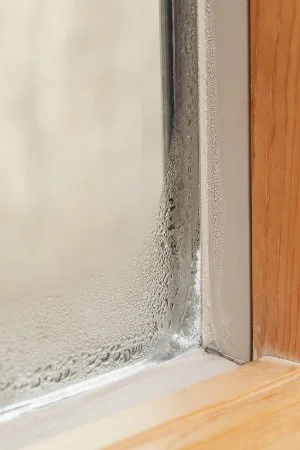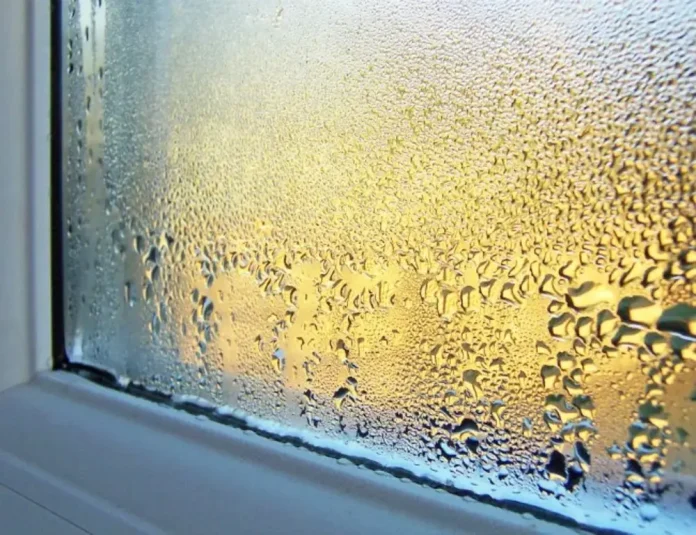Window condensation may appear harmless at first, but if left unchecked, it can lead to more significant issues such as mold, mildew, and even water damage. Understanding the root causes of this condensation is essential to maintain a comfortable and healthy living environment. In this article, we will explore various strategies to address window condensation and keep your home free from excess moisture.
Question: I consistently notice condensation forming on the inside of my windows. Despite wiping them down, the issue persists. How big of a problem is this, and what can I do to resolve it?
Answer: Excess moisture on your windows may not seem like a significant problem initially, but it can evolve into more serious concerns like mold, mildew, and water damage if left untreated. Typically, window condensation occurs when warm, moist indoor air encounters a cooler surface, with glass being one of the coldest materials in your home, making it the first place for water vapor to condense. If you’re dealing with persistent condensation on your windows, we can help you identify and address the underlying issues step by step.

Examine the condensation closely:
If you reside in an older house with equally old windows, pay attention to where the condensation appears. For double- or triple-pane windows, moisture between the glass often results from a faulty seal. Fortunately, this issue can be resolved by replacing the insulated glass panel, which is a relatively cost-effective solution.
Weatherize your windows:
Whether or not you discover a faulty seal, preventing window condensation starts with proper insulation. In older homes, adding a storm window and weatherstripping can achieve much of what newer, expensive windows do at a fraction of the cost. This not only prevents condensation but also enhances energy efficiency, leading to cozier nights and lower energy bills.
Troubleshooting in modern homes:
Newer homes are better insulated than ever, thanks to energy-efficient doors and windows. However, this tight seal can trap warm, moist air inside during the winter, exacerbating the problem. To regain control of indoor moisture, try the following strategies:
- Eliminate sources of humidity: Move plants away from your windowsill during the cold season, and consider reducing the use of humidifiers in the winter, as your home’s air may not require constant humidification. Use a hygrometer to monitor humidity levels.
- Utilize exhaust fans: Since the bathroom and kitchen are common sources of humidity, using exhaust fans to expel excess moisture outside can help maintain a dry indoor environment. Ensure you turn on the fans while cooking or taking showers.
- Check for ventilation issues: Proper ventilation is crucial. Confirm that your dryer’s vent hose leads outdoors and inspect the area around your sealed fireplace for any signs of condensation, which can create a conducive environment for mold and mildew growth.
Consult a professional:
If you have already taken steps to winterize your windows, ruled out common causes, and addressed potential ventilation issues, it may be wise to hire a home inspector or a specialist in mold and mildew. These experts can identify hidden sources of moisture and prevent further damage to your home, making it a worthwhile investment.
Dealing with window condensation is crucial to maintain a healthy and comfortable living environment. By following the steps mentioned in this article, you can effectively address the issue and prevent more severe problems like mold and water damage. Remember that proper insulation, vigilant humidity control, and thorough ventilation are key to keeping your windows clear and your home free from excess moisture.
images source : istock photo










